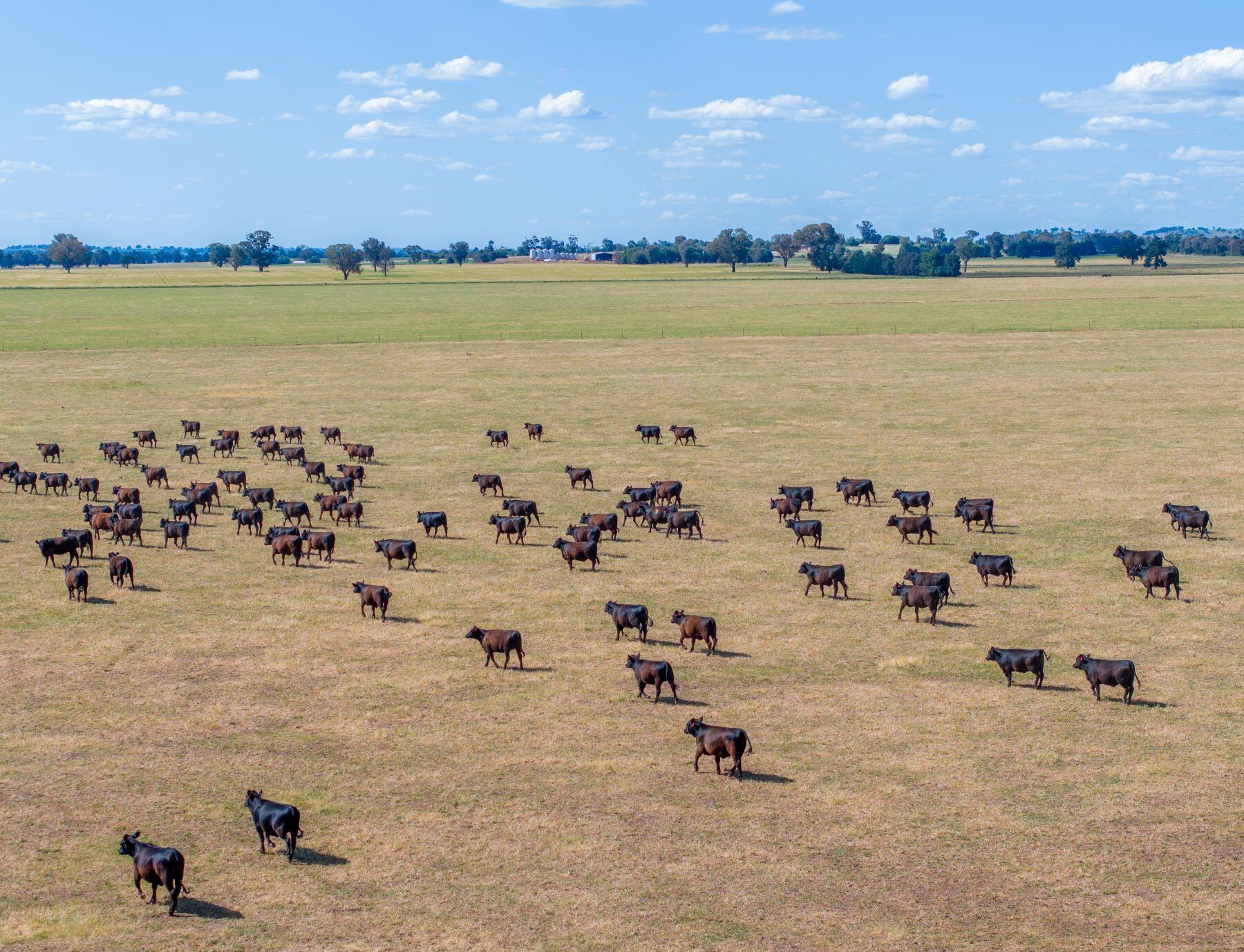Wool market carries confidence into final sale before Christmas
Australia’s wool market posted another strong performance this week, with all micron categories attracting solid support across the three selling...

The latest quarterly statistics on livestock slaughtered and meat production from the Australian Bureau of Statistics (ABS) have revealed that the female slaughter rate (FSR) for the Australian cattle herd has lifted to 53.1%, which places the industry in a destock phase.
This increase in the FSR comes alongside a 17% lift in cattle slaughter to 2.1 million head for the June quarter, the highest since 2019.
The industry uses 47% FSR, which is essentially the ratio of females out of the total animals slaughtered, as a benchmark as to whether cattle are in a restock, steady or destocking phase.
Not everyone agrees with the voracity of the 47% benchmark, but for better or worse, it's the standard that has been applied for some time.
The latest figures show a quarterly FSR of 53%, the second consecutive quarter above this benchmark, which indicates the cattle herd has entered a destocking period.
“The ABS data has revealed lifts to FSR across all production states which has lifted to its highest female turnoff since 2019, and the largest quarter on quarter lift to their FSR among other states," Meat & Livestock Australia (MLA) Senior Market Information Analyst, Erin Lukey, said.
“Thanks to four consecutive years that have allowed for rebuild and maintenance, the Australian cattle herd is high when compared to historic averages. Cow retention over this time has created a large female herd, which are now ready for turnoff.
"Saleyard prices remain well above year-ago levels, as strong demand for Australian beef in the global market helps to maintain confidence as production rises.”
The FSR has been particularly high in NSW, where it reached 57.5% in Q2 - the highest it's been since 2001 and significantly higher than the state's long-term average of 47.6%.
Ms Lukey said this was an indication of some tougher condition is some southern pockets of the state, but other factors, such as impressive growth in the feedlot sector which now results in more NSW steers exiting the state for Queensland, would also be having an impact.
State FSRs are not as reliable indicators as national FSR due to animals being transported between states and also state specific issues, such as the high number of dairy cows in Victoria.
Victoria's Q2 FSR was 64.7%, which is elevated but close to the state's five-year average of 63.5%.
The increase in cattle slaughter has consequently led to an elevated beef production quarter as well.
Beef production rose 14% from Q1 2024 and 19% from Q2 last year to 648,763 tonnes. This is the largest quarterly production total since Q2 2015, and the fourth-highest volume on record.
Lamb slaughter also lifted to 7.2 million head over the quarter, which is Australia’s highest lamb slaughter figure on record and the first time it has been above 7 million head.
Combined sheep and lamb slaughter rose 2% from Q1 2024 and 16% from Q2 last year to 9.9 million head. This makes Q2 the largest quarter for sheep and lamb slaughter since Q1 1973.
While this would provide an early indicator that the nation's sheep flock is also destocking, structural changes in the industry - including increased fertility and a move to trading as opposed to breeding lambs - make this determination more complex than it's been in the past.
“A move towards meat breeds, and more recently to shedding animals, has opened the door to a new way of production. The flock is operating in a new normal, with more lambs being grown, leading to more production,” Ms Lukey, said.
This was also a record quarter for lamb, with 177,147 tonnes produced over the quarter, 6% above Q1 2024 and 19% higher than the same quarter last year.
“High red meat export volumes over the June quarter show that demand is growing overseas at the same time that Australian supply is rising,” Ms Lukey said.
Lamb slaughter across Australia lifted to its highest number ever with 7.2 million head processed in Q2. This was 4.2% higher than last quarter’s record figure and 19% higher than at the same time last year.
“For the financial year, 27.5 million lambs were processed, making the 12-month period the largest on record, and 25% above the five-year average.”
Sheep slaughter was down 2% this quarter to 2.7%, although last quarter the record was the highest since 2018. For the financial year, sheep slaughter lifted 19% on last year to 10.2 million head, which was the highest since 2008.
Combined sheep and lamb slaughter for FY 2023-24 lifted 20% from 2022-23 to 37.8 million head.
.png)
Australia’s wool market posted another strong performance this week, with all micron categories attracting solid support across the three selling...

The latest ABARES outlook for livestock products has sheepmeat production dropping for the 2025–26 financial year, pushing prices higher and...

Australia enters 2026 with both the beef and sheepmeat sectors positioned at significant turning points shaped by evolving supply cycles, global...